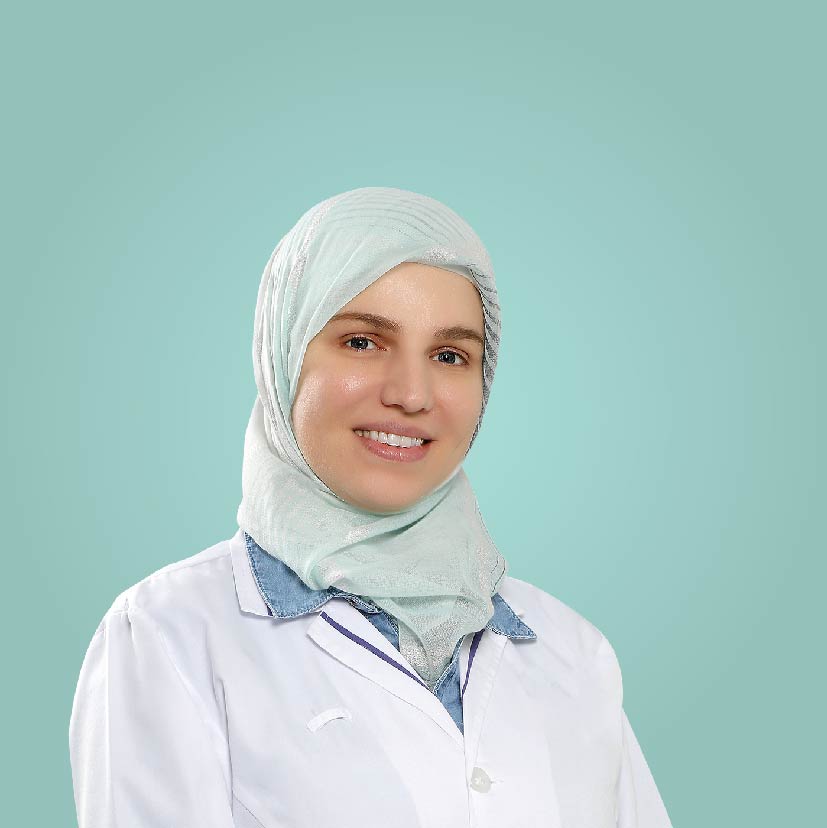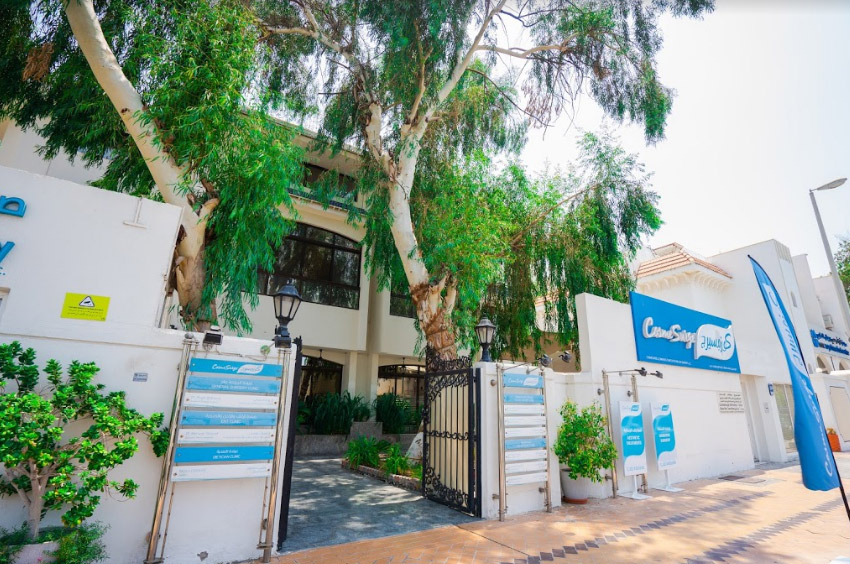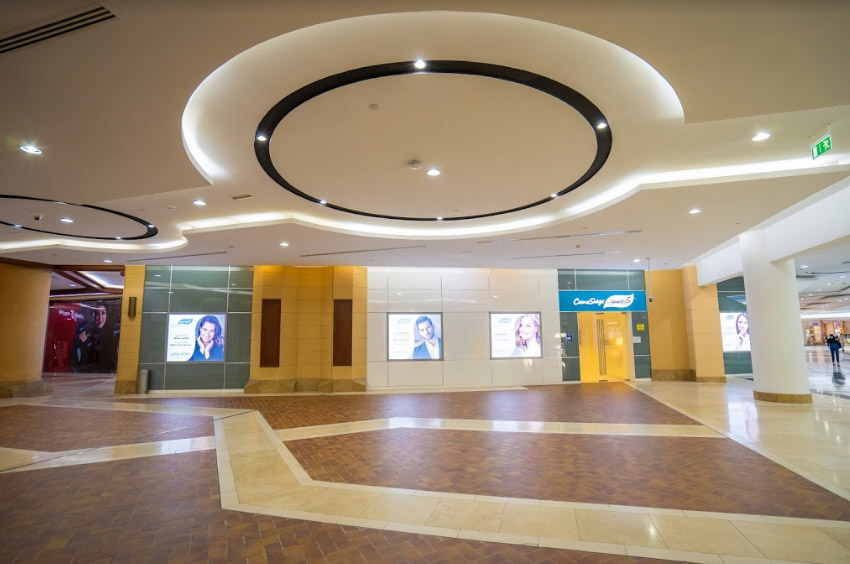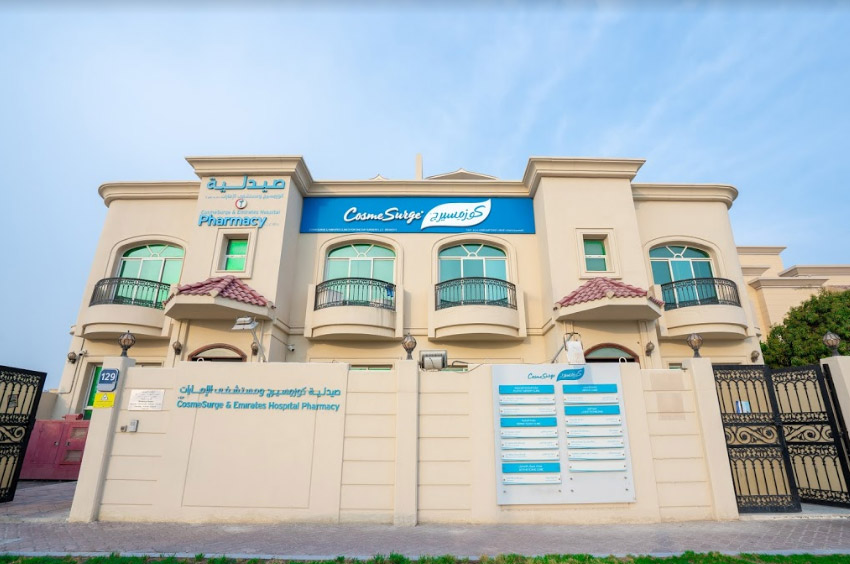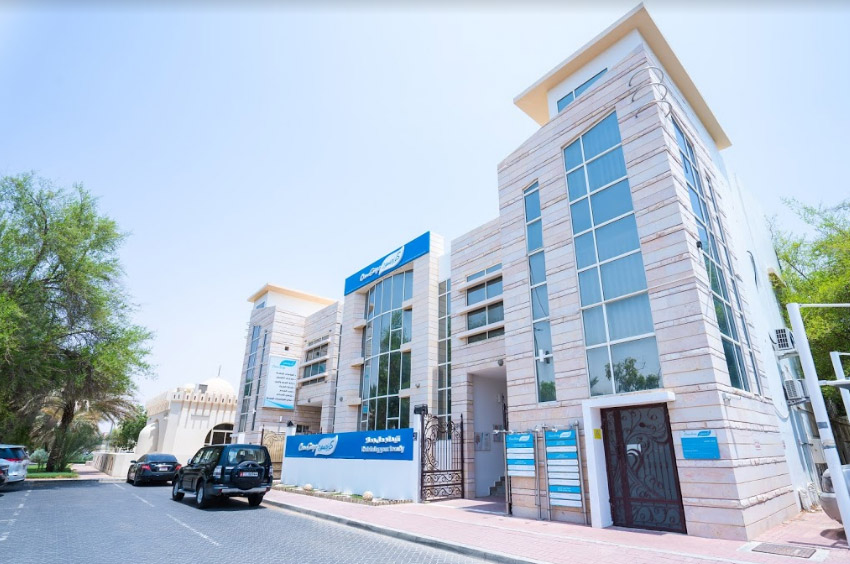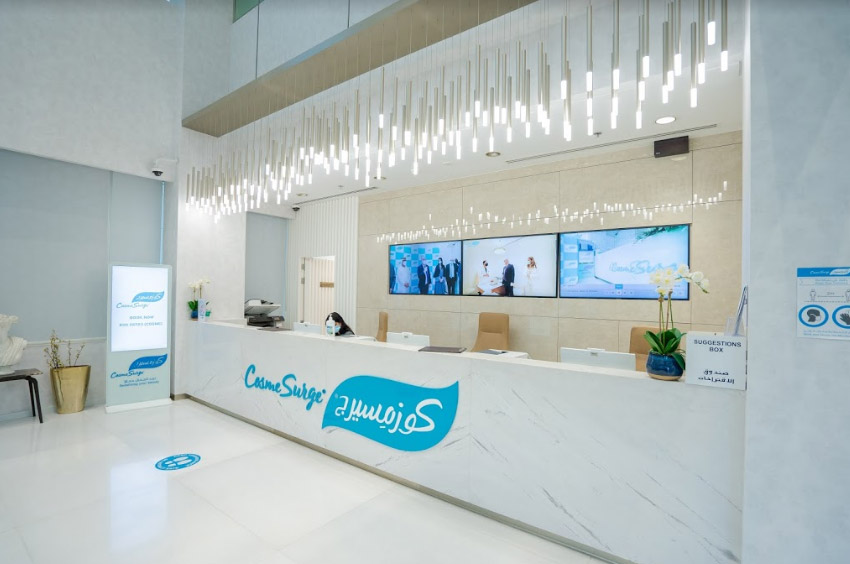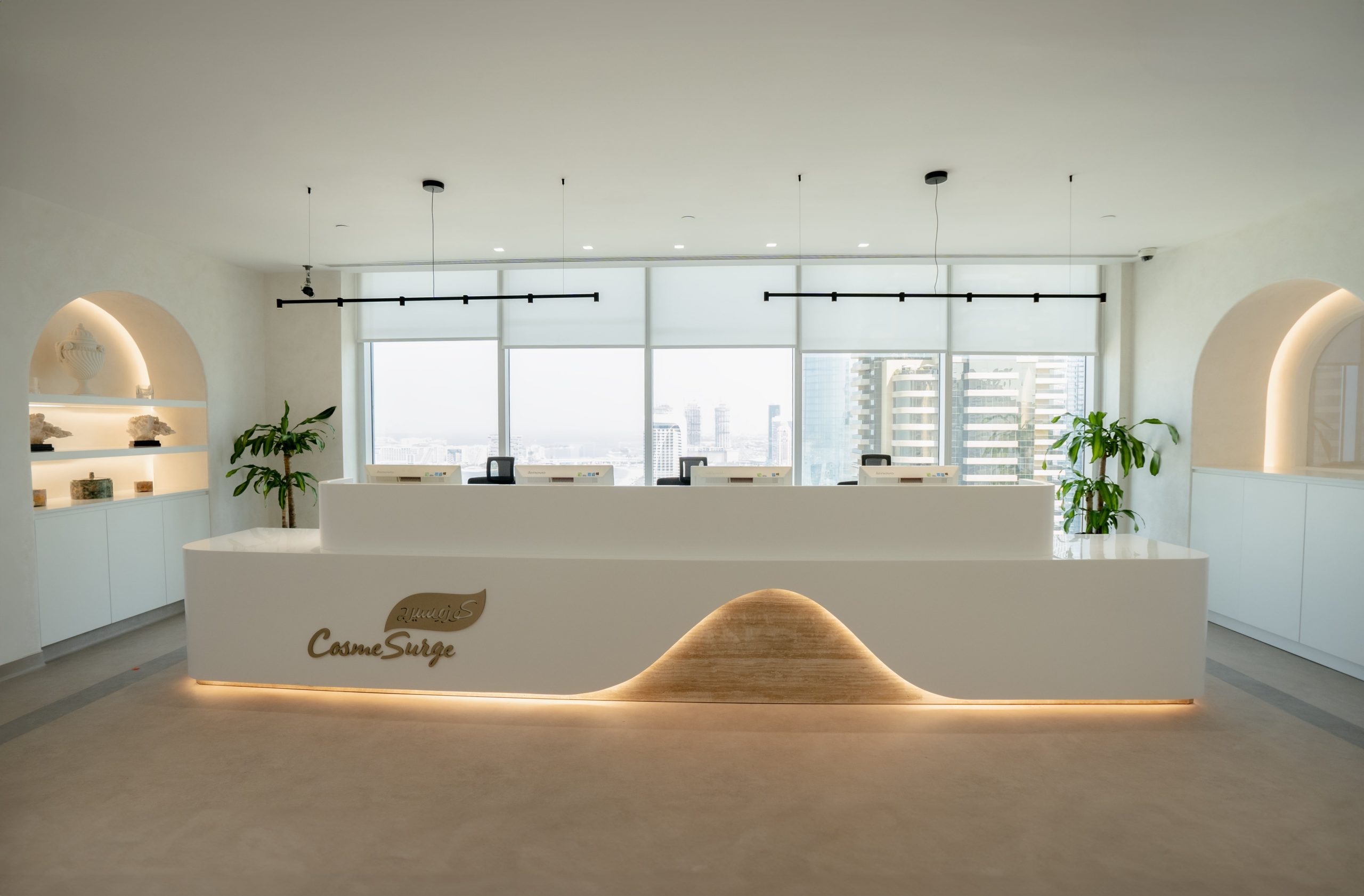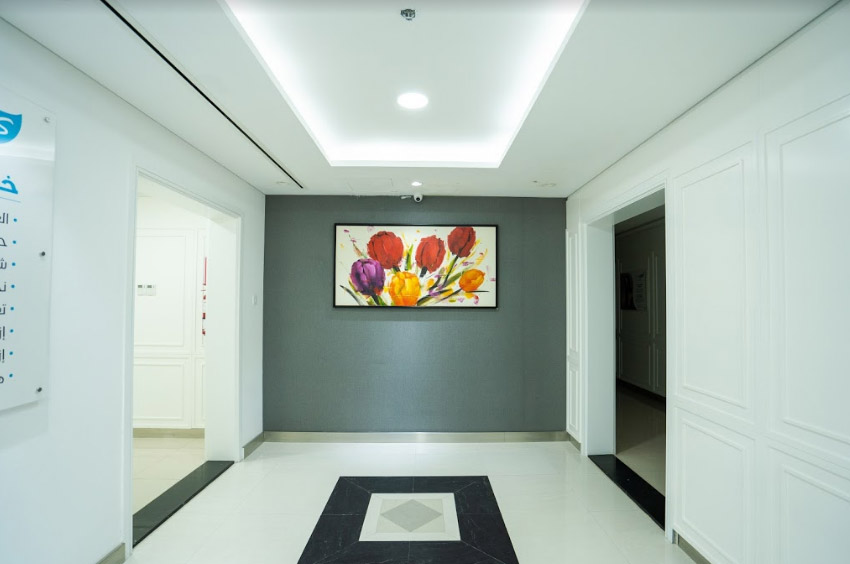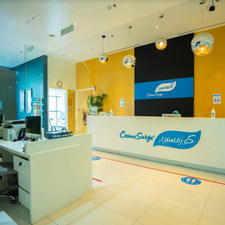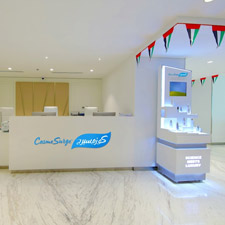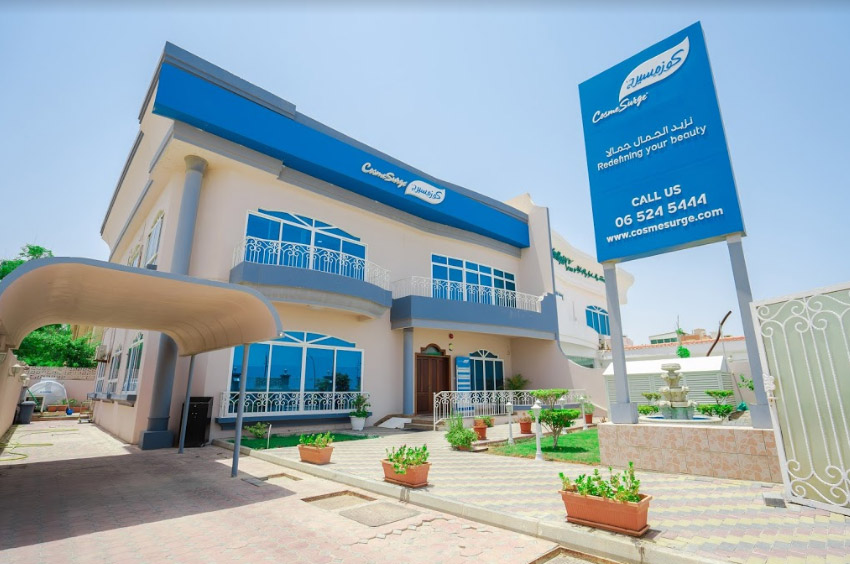One medication/ treatment cannot be singled out as the best for cases of hyperpigmentation and melasma, because each patient has a different case of pigmentation.
In many cases, applications of topical corticosteroids work. For others, it is a combination of creams.
In case procedures are required, they may take sessions. Sometimes doctors recommend a combination of both. In most cases, chemical peeling however has been the most effective one for hyperpigmentation and melasma.
But, the final word is only from the dermatologist for the treatment or medication.
SKIN HYPERPIGMENTATION TREATMENT & MELASMA TREATMENT IN THE UAE
Are you looking to restore your skin’s natural glow and get rid of stubborn pigmentation? Skin pigmentation issues such as hyperpigmentation and melasma can affect your confidence, but with the right treatment, you can achieve healthy, even-toned skin.
Melanin, a pigment that gives your skin its colour, plays a crucial role in protecting you from harmful UV rays. However, excessive exposure to the sun or certain triggers like pregnancy, genetics or medications can cause your skin to produce too much melanin, leading to hyperpigmentation. This condition results in dark patches, freckles, age spots and an uneven complexion.
If you’re dealing with pigmentation issues such as hyperpigmentation on the face or the common melasma condition, starting treatment early can prevent further skin damage, especially in sunny regions like the UAE, where UV exposure is high.
What Causes Hyperpigmentation?
Hyperpigmentation can be caused by several factors, including:
- Sun Exposure: UV rays stimulate excess melanin production, leading to dark spots and uneven skin tone.
- Pregnancy and Hormonal Changes: Conditions like melasma are caused by hormonal fluctuations during pregnancy, from using birth control pills or due to thyroid conditions.
- Genetics: Some people are genetically predisposed to hyperpigmentation.
- Medications: Certain drugs can cause pigmentation issues as a side effect.
Take control of your skin health today! Consult one of our expert dermatologists.







